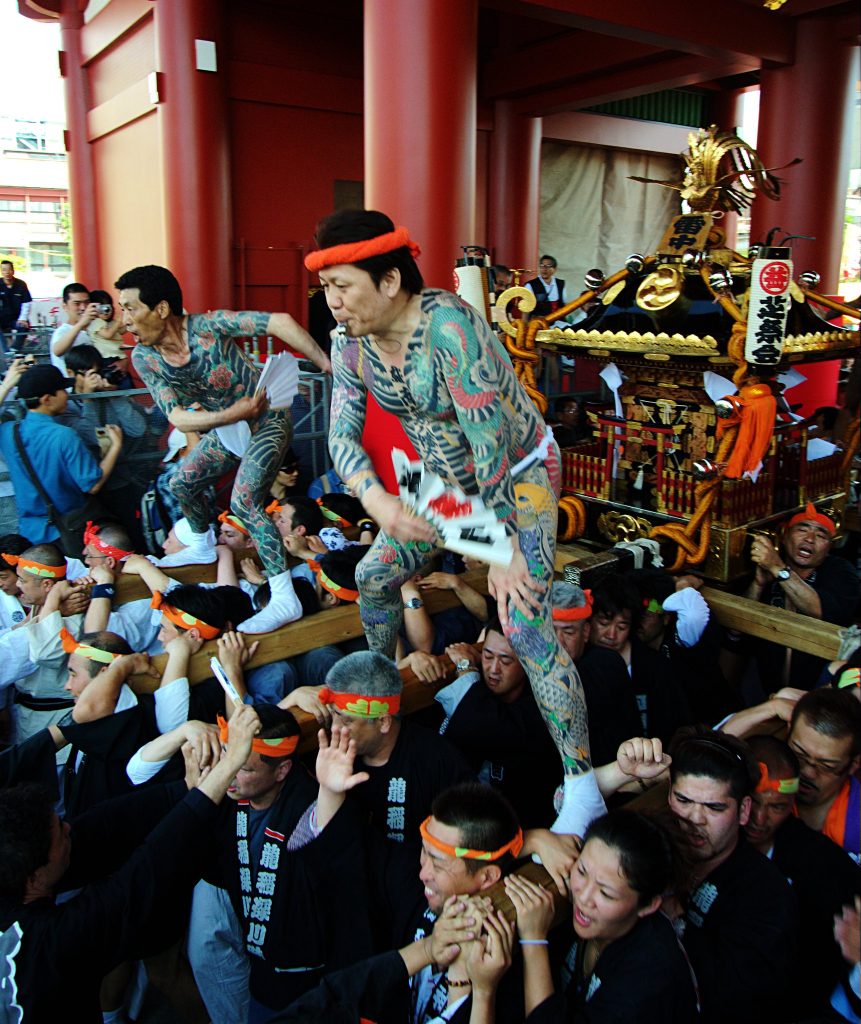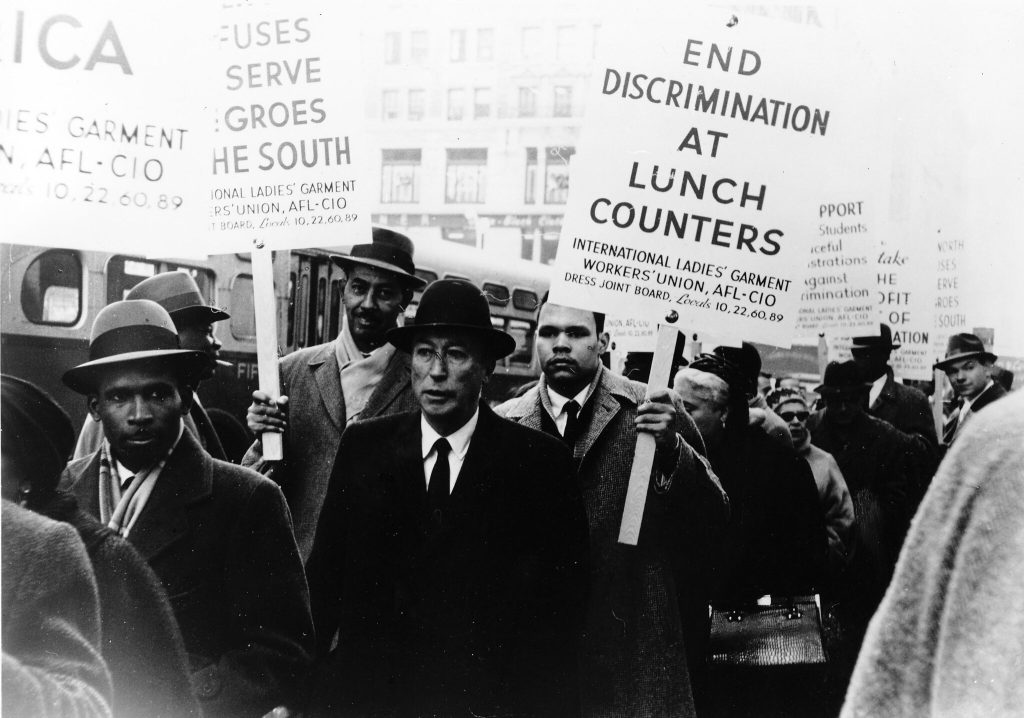7 Chapter 7: Deviance & Crime – Cultural Rules of Good and Bad
Deviance refers to any behavior or action that violates the norms and expectations of a particular society or social group. Deviant behavior can take many forms, ranging from minor transgressions like skipping school or swearing in public to more serious violations of the law such as theft, drug use, or violent crime. Deviant behavior can also include non-criminal acts like mental illness, substance abuse, or other forms of self-harm. The important question to think about for us is, how is deviance determined? We can easily understand this by filtering through the five characteristics of culture (referenced below).
Five characteristics of culture:
- Culture is a human construct (human-shaped).
- Culture is linked to time (collectively shaped product of history).
- Culture is associated with societal values (regional).
- Cultural universals exist in every society (global).
- Culture is shaped primarily by those with power.
One example of deviance being a human-shaped construct are tattoos. We aren’t born with tattoos, so they are added to our bodies by other humans. Tattoos aren’t deviant, but the perception of tattoos in many professional workplaces and conservative societies label them as deviant based on their inferred meanings. In certain professional environments, such as corporate offices, visible tattoos are often viewed as deviant and unprofessional. There is a social expectation that employees should present a certain image of conformity and adhere to a specific dress code, which may exclude visible tattoos. Individuals with visible tattoos may face discrimination or judgment, as their appearance is deemed deviant within the context of the workplace. Similarly, in conservative societies, tattoos can be considered deviant due to cultural or religious norms. They may be associated with rebellion, non-conformity, or even criminal activity. As a result, individuals with tattoos may face social stigma, exclusion, or prejudice from their communities.
In traditional Japanese culture, tattoos were associated with criminality and the yakuza (Japanese mafia). Tattoos were considered deviant and were often linked to anti-social behavior, leading to a negative stigma associated with individuals who had tattoos. However, in recent years, there has been a shift in societal attitudes towards tattoos in Japan. Tattoo artistry has gained popularity as a form of self-expression and artistic appreciation. Many young people, including celebrities and influencers, have embraced tattoos as a fashion statement and a means of personal identity. Despite this changing trend, there are still instances where tattoos are perceived as deviant within certain contexts in Japan. For example, in traditional establishments such as public baths (onsen) or gyms, individuals with visible tattoos may be denied entry due to the association with the yakuza and the historical perception of tattoos as deviant symbols. Older generations may still associate tattoos with deviance, while younger generations may view them as a normal part of self-expression. As the older generations’ influence diminishes over time, societal attitudes towards tattoos may continue to shift in a more accepting direction.

The last characteristic to explain, and perhaps the most important, is the role of power. Power dynamics and social control mechanisms significantly shape the definition and treatment of deviant behavior. Individuals in positions of power, such as government officials, religious leaders, or influential social groups, have the authority to determine what behaviors or characteristics are considered deviant. They establish social norms and values that reflect their own interests and ideologies, thus defining the boundaries of acceptable behavior within a society. For instance, during the establishment of the United States in 1789, anyone who did not fit the criteria of being a wealthy, white, heterosexual male was marginalized (although it would take social movements centuries to bring about greater equality in modern times). This illustrates how power influences the social construct of deviance.
These powerful groups utilize institutions and systems of social control, such as laws, law enforcement agencies, and judicial systems, to exert control over individuals they perceive as deviant. They possess the authority to enforce and penalize deviant behaviors in accordance with established norms. The exercise of power through these institutions influences the labeling, stigmatization, and treatment of deviant individuals or groups. Furthermore, individuals in positions of power can exploit their authority to marginalize and exclude specific individuals or groups based on their deviant characteristics. They may establish social hierarchies that further stigmatize and discriminate against those deemed deviant, thereby perpetuating power imbalances and upholding the prevailing social order. Given this understanding, it is reasonable to conclude that the classification of tattoos as deviant behavior seldom originates from individuals with little power; rather, it predominantly stems from top-down regulations.
Passive Assumptions and Beliefs Lead to Active Discrimination
Stereotypes are assumptions about a specific group of people based on their perceived characteristics or traits. They tend to oversimplify complex identities and are often formed with limited information, leading to broad generalizations about the entire group. Stereotypes can be based on various factors, including race, gender, nationality, religion, age, or occupation. While stereotypes can be positive, negative, or neutral, they often involve biases and can result in unfair judgments or discriminatory behavior. Moreover, stereotypes can perpetuate misunderstandings, reinforce social inequalities, and hinder empathy between different groups. An example of a stereotype associated with Nigeria is the belief that all Nigerians are involved in fraudulent activities, particularly online scams. This stereotype unjustly portrays Nigerians as inherently dishonest, deceitful, or engaged in illegal behavior. Therefore, if someone learns that you are Nigerian (one aspect of your identity), they may assume that you are also a potential scammer and untrustworthy.

The closely related cousin of stereotypes are prejudices. Prejudice occurs when someone holds a belief, often negative, about an individual or group based on a stereotype. This belief is typically influenced by the person’s membership or perceived membership in a particular group. For example, prejudice against indigenous people in Canada is exemplified by the issue of racial profiling and discrimination by law enforcement agencies. Indigenous individuals are often disproportionately targeted, profiled, and mistreated by police solely because of their indigenous identity. This prejudice leads to higher rates of arrests, instances of police violence, and incarceration for indigenous people compared to their non-indigenous counterparts. Such prejudice reinforces systemic biases within the criminal justice system, perpetuating inequalities and eroding trust between indigenous communities and law enforcement. Therefore, the prejudice in this case is the belief that all Indigenous people are deviant (e.g., alcoholics, lazy, uncivilized) leading to the assumption (stereotype) that it is logical for them to have higher incarceration rates compared to others.
For a quick summary of the two, remember that a stereotype is a generalization about a group, while prejudice is a preconceived judgment or attitude towards individuals based on their group membership. Stereotype focuses on the characteristics attributed to a group as a whole, whereas prejudice is a personal belief or bias towards individuals within that group. Stereotypes can contribute to the development of prejudice by reinforcing and perpetuating biases and generalizations. Prejudice, on the other hand, can lead to discriminatory actions or behaviors based on those biases.
Discrimination
Discrimination is commonly understood as an action or behavior that involves treating people unfairly or unequally based on certain characteristics such as race, gender, age, religion, disability, or sexual orientation. For example, let’s consider a situation where a qualified job applicant is denied employment solely because of their race. Despite having the necessary qualifications, skills, and experience, the employer refuses to hire them based on racial bias. This is an example of direct discrimination, as the individual is being treated unfairly and denied equal opportunities solely because of their race.
In the United States, until the mid-1960s, America had legalized racial segregation and discrimination. Known as “Jim Crow” laws, they enforced racial segregation and denied black Americans equal access to public facilities, schools, transportation, and employment opportunities. During this time, discriminatory practices were widespread and deeply entrenched. Black Americans were subjected to systemic racism and faced numerous barriers in various aspects of life. They were legally segregated from white individuals, forced to use separate and inferior facilities, and denied basic civil rights such as voting and equal education. The Jim Crow laws enforced racial discrimination and perpetuated a social hierarchy based on white supremacy. Black Americans faced widespread discrimination, including limited job opportunities, unequal pay, and restricted access to resources and services available to white individuals. This era is a stark example of institutionalized discrimination and the long-lasting impact it had on generations of Black Americans.

Isms
Chapter Overview:
This chapter looks at the various factors contributing to stereotypes, prejudice, and discrimination of people based on ascribed characteristics. Specific attention is given to understand the intersectionality of systems of privilege through the “ism” prism (e.g., racism, sexism, ageism, ableism, and secularism) that will appear in the chapters in this section. Deviance is the violation of norms that society agrees upon. Crime is a violation of norms that have been written into law. The conflict perspective of law proposes that powerful people write laws to protect their interests while punishing the actions of those they wish to control. Punishment and deterrence can be consequences of illegal activities. Courts and the legal system are designed to help people resolve disputes fairly and with justice (hypothetically).
Learning Objectives:
- Identify how passive beliefs, prejudice and stereotypes lead to active discrimination.
- List the “isms” that can label someone as good or bad.
- Recognize the relationship between deviance and crime.
- Explain the different classifications of punishment and social control.
- Differentiate between types of crime such as white-collar crime and street crime.
- Discuss the effect of stigma.
Figure 7.1 “Yakuza Shrine” by northways is licensed under CC BY 2.0.
Figure 7.2 “12.02.2009 Lottery scam SMS” by apyykko is licensed under CC BY 2.0.
Figure 7.3 “Picketers, including Charles Zimmerman, carry signs such as ‘End Discrimination at Lunch Counters’” by Kheel Center, Cornell University Library is licensed under CC BY 2.0.
Discrimination refers to the unjust and unequal treatment of individuals or groups due to specific characteristics or attributes such as race, gender, religion, age, disability, sexual orientation, or nationality. It encompasses the unfair denial of rights, opportunities, or resources to individuals or groups based on these characteristics.
A stereotype refers to the assumption that individuals who share certain characteristics also possess specific attributes. In simpler terms, it occurs when someone makes assumptions about you based on a single aspect of your identity.

